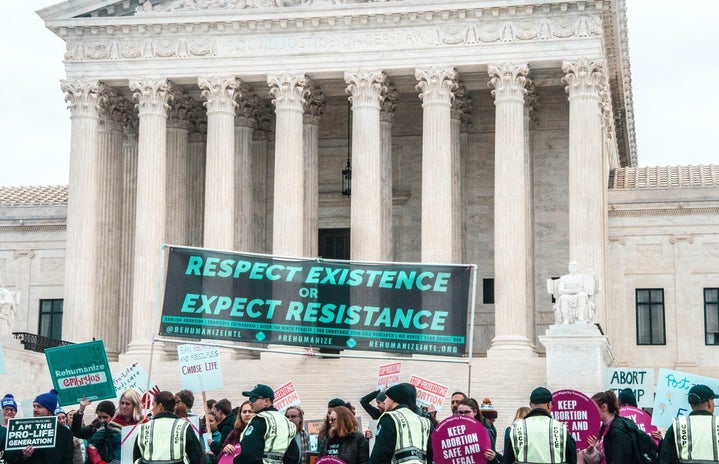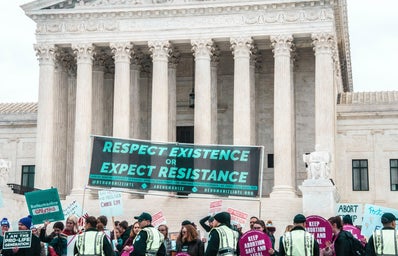Sentiments toward abortion often seem long-standing historical and cultural moral ideology. Many would be surprised to find out that it was not until the modern era that the anti-choice movement and criminalization of abortion arose.
Indigenous Societies
It is no secret that native and ancient cultures had a more in-depth knowledge of the nature that surrounded them and how to use these elements for ritual and medicinal purposes. Fertility control existed throughout Egyptian societies and was passed down throughout time. They utilized certain herbs like Pennyroyal to prevent implementation of an embryo. These same and similar herbs were used in Native American societies to control fertility and childbearing. These societies consider this to be a women’s issue that was best left to her to decide and seek the counsel of other women. This was especially true of matrilineal societies in which women held the leadership roles and further allocated the decision for childbearing to the women.
Colonial Period
Abortion in the colonial period was a commonplace procedure that had less restriction and contentious debate than the present day. The procedure was allowed until what was known as “quickening”, the period in which fetal movement and kicking could be felt. Quickening generally occurred 14 to 26 weeks into pregnancy. Anti-abortion and restrictive laws did not begin until the 1850s. It would not be until after the mid-19th century that abortion would become a criminalized procedure.
The 20th Century
By 1910, abortion was criminalized in the United States. It came from the rise in Victorian and Puritan ideals that took root in the U.S. Several in the medical field pushed for the delegitimization of alternative medical practitioners such as homeopaths and midwives who traditionally knew of the natural methods to induce abortion. Joined by the Catholic Church, these doctors successfully campaigned against abortion to see criminalization.
Abortion never disappeared in the era of criminalization, it simply became relegated to the shadows. This period was characterized by painful stories of wire hanger attempts and back-alley abortions. Many deaths and sterilization are attributed to these practices as they were unregulated and unsafe. This spurred several activists during the Women’s Liberation Movement in the late 20th century to consider how legal abortion fit into women’s rights. It would be in the midst of the movement that legality of abortion was achieved with the landmark case of Roe v. Wade , 410 U.S. 113 (1973). The 7-2 decision struck down Texas abortion bans that outlawed abortion except for the case of medical necessity to save the mother. ‘Roe’, the unnamed plaintiff, never could obtain an abortion due to the long legal process of appeal. The Supreme Court nonetheless heard the case given the special and time-sensitive nature of gestation that would be unable to be reviewed if only limited while a plaintiff was actually pregnant. The Court cited the right to privacy of this medical decision and effectively ended the era of nationwide criminalization of abortion.
Present Day
Despite the legal precedent of Roe v. Wade, several states still seek to limit access to abortion. Every year state legislatures hear and pass legislation that places time period limits on legal abortion. The most restrictive of these bills are often called “fetal heartbeat bills” as they outlaw abortion after six weeks or upon detection of the fetal heartbeat. The judicial system still honors the Roe precedent and often strikes down this legislation, yet some restrictions remain intact. As depicted, the history of anti-abortion is among other modern conservative ideological manifestations. While anti-choice advocates and new outlets may attempt to distort the history of abortion, it nonetheless remains one of the oldest practices dating back to ancient times.

